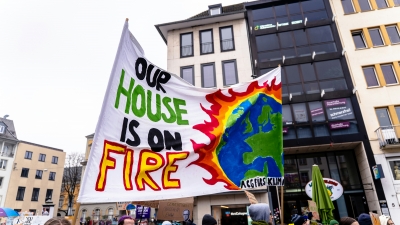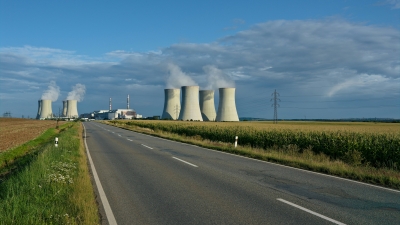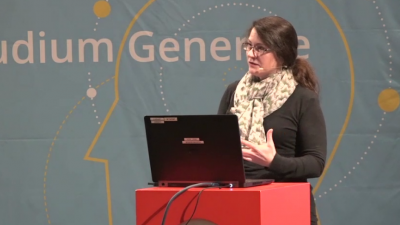Bij de wortel
Today, we can no longer deny that we are part of a big environmental problem. Some scientists have already dubbed this epoch 'The Anthropocene', suggesting that it is us humans who rule – and ravish – the earth. Up until not so long ago, however, the precise condition of the global environment was unclear. For how do you measure the shape of the entire planet? Now scientists are able to give increasingly accurate diagnoses, crucial for deciding on the best possible treatment.
Environmental scientist Prof Sarah Cornell (Stockholm Resilience Centre) and sustainability consultant Gerard Roemers (Metabolic) investigate our planetary boundaries and its root causes. Cornell: “We are killing life on earth in ways pretty much unprecedented.” Is it too late to turn the tide?
Planetary boundaries?
Answering scientists' calls for a fitting framework to quantatively map the earth's condition, The Stockholm Resilience Center came up with the idea of planetary boundaries. Within these boundaries humanity can navigate without exhausting the planet's resources or destroying its resiliency. So there is some leeway, a zone which scientists have labelled the 'safe operating space for humanity'. It also shows where we have crossed the lines. The biggest problems? Biodiversity loss, nitrogen emission and climate change.
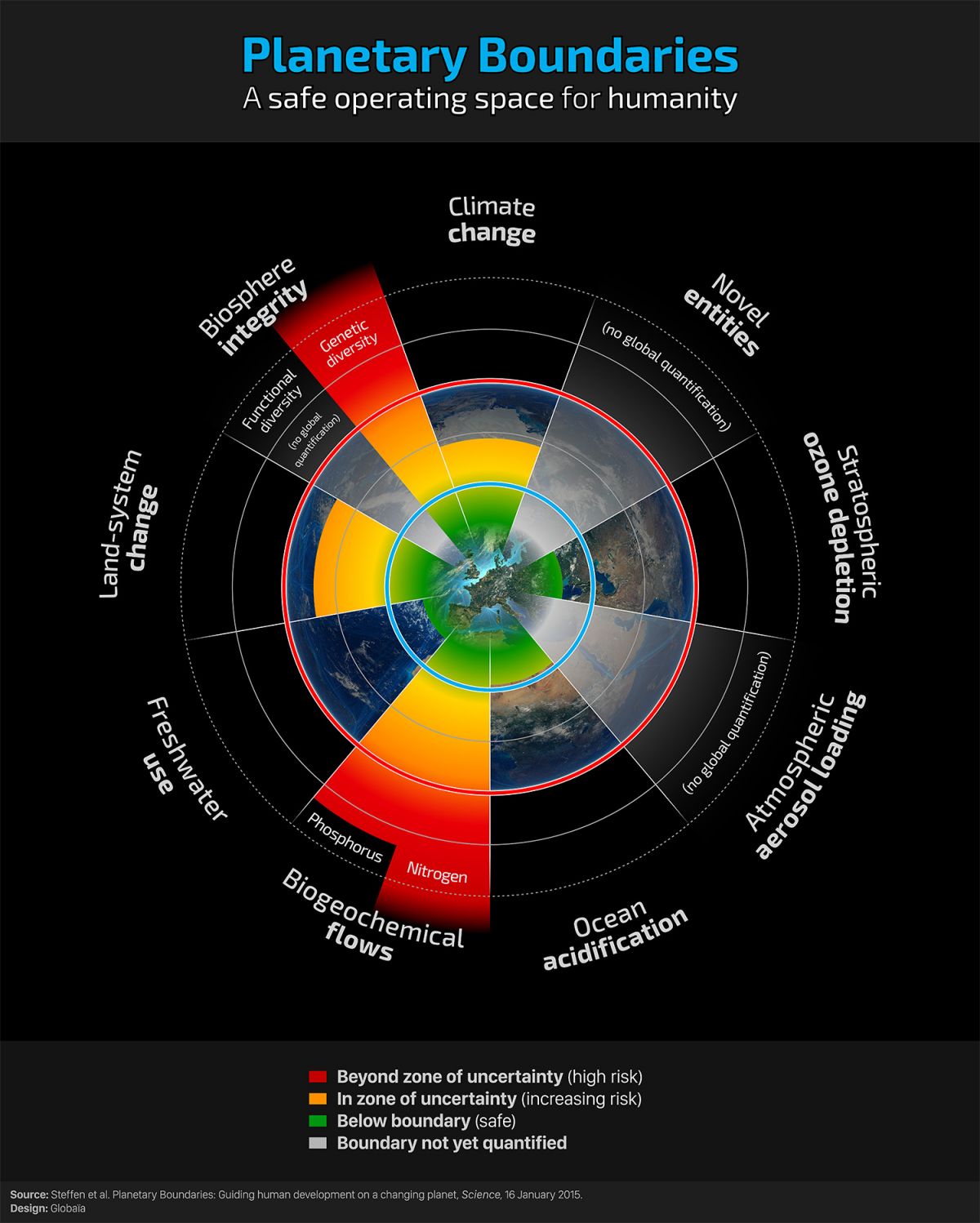
This doesn't mean we should forget the other factors on the map. On the contrary, what the map shows, is that the different factors are connected. For example, if more land is being converted for agricultural use, this will deplete fresh water resources and reduce biodiversity. The concept of planetary boundaries gives us a more holistic way of looking at the world: it forces us to zoom out and helps us see the bigger picture. Cornell stresses the fact that it is not merely science that decides what the limits are. It is also politics. Cornell: “Determining a safe distance involves normative judgments of how societies choose to deal with risk and uncertainty.”
Baby steps
How you picture things is important for the way you think of them, especially if you want to change them. We often imagine the planet as a plane that needs to be steered in the right direction. The pilot in the cockpit is in full control. This prominent metaphor holds that sustainable change should be organized by a top-down stirring of sustainable processes, for example by governments. But as Cornell argues, the cockpit metaphor is not very constructive. “'The planet earth plane' is not going to fly in the right, more sustainable, direction if we continue to push every button there is simultaneously.” We need to step back and assess our situation.
The problem does not lie in a lack of data, Cornell claims. We know what needs to be done. We need to stop the rise in CO2 emissions as soon as possible. We need to stop the huge release of environmentally active substances. And we need to minimize the footprint of our activities. The challenge, however, is this: How do you get society to act upon these scientific conclusions?
Systems thinking
According to Gerard Roemers, 'systems thinking' is crucial to navigate our way out of the dangerous environmental situation we are in. It helps us see the structures and processes that keep us locked in an unsustainable way of living. Roemers believes that we need to stop looking at events. These are just symptoms. We need to disclose the problematic structures that lie beneath them. To illustrate, Roemers shows us an infographic. Water pollution, for example, happens because there is a pattern of synthetic fertilizer use. The reason that this pattern exists is that agriculture today is an industrial enterprise. Productivity of soil must therefore be optimized. The cultivation of land on an industrial scale is the underlying structure, and it is supported by two dominant, but potentially disastrous mental models: the environment is an infinite resource and we must maximise profit at any cost.
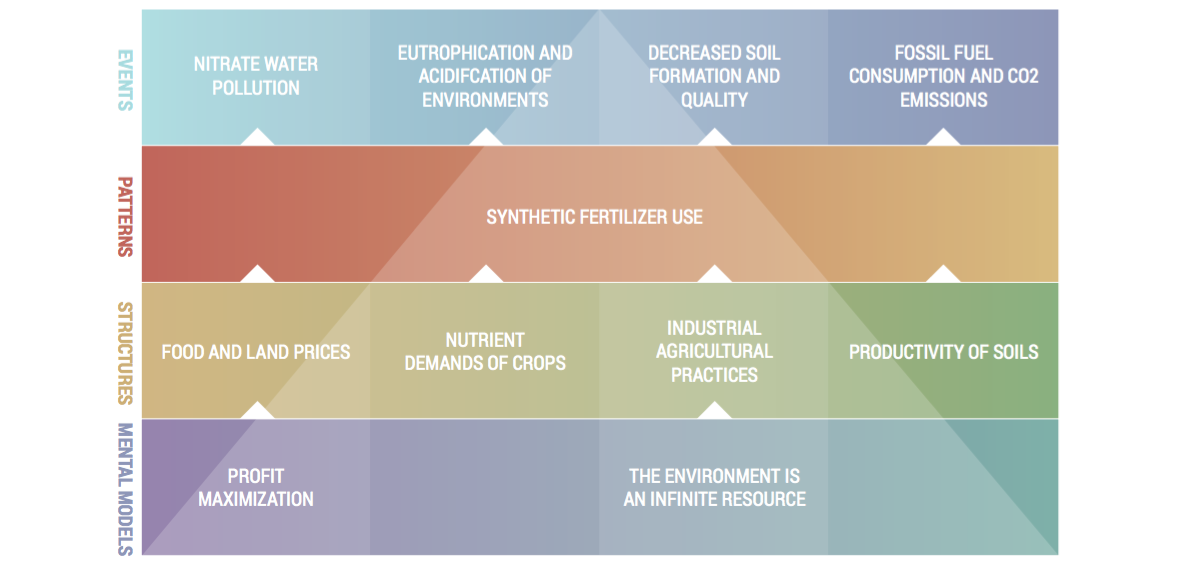
The multi-layered framework of the root causes model reveals that occurring (biophysical) events happen within systems, and have to be tackled as such. It provides a tool for targeting environmental change. An event like water pollution is only the tip of the iceberg. It has to be dealt with by taking into account the intertwined factors that sustain it.
Changing systems
How can we change these systems towards a sustainable future? There are ways to generate a bottom-up structure of change. For example, by the production of food in closed-loop systems that do not require soil, or by closing nutrient cycles in urban regions. Is there reason for optimism? Roemers is reluctant and doubts whether the question it is relevant: “If I were driving towards the edge of a cliff, I would rather turn the wheel as hard as I can. Whether I'll make it or not.”









